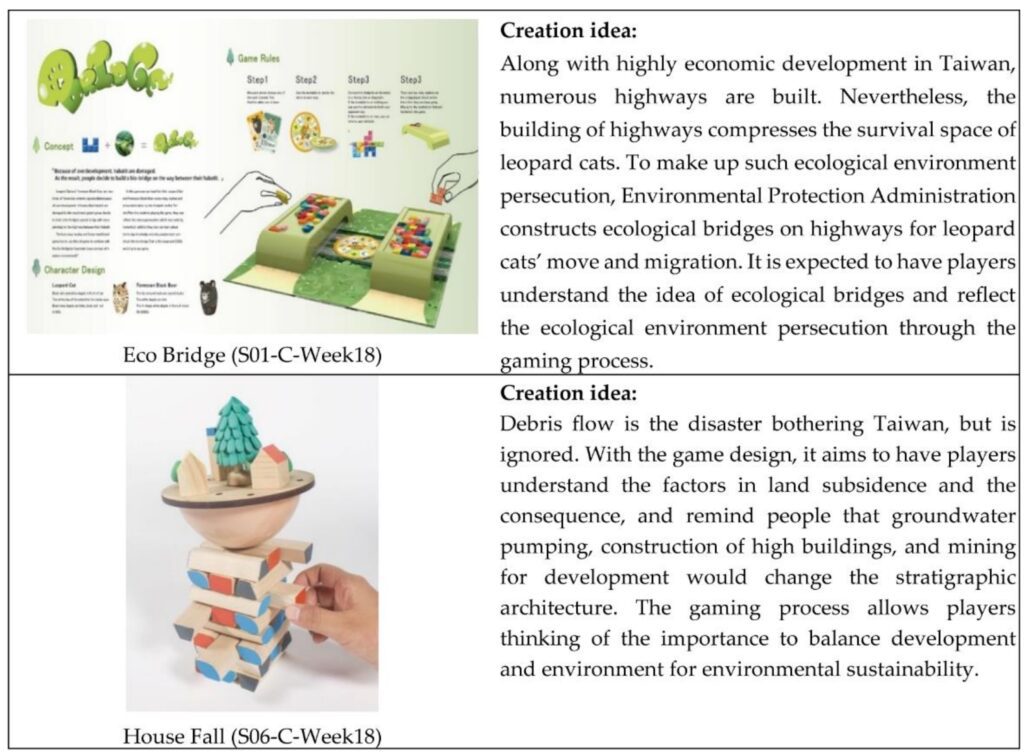Developing a video game involves a careful, collaborative effort that goes beyond coding and programming. The process begins with brainstorming and conceptualization of the game’s story, characters, and gameplay mechanics. Next comes the pre-production phase, which involves creating a prototype, designing game assets, and crafting game mechanics. The production phase involves coding, game asset creation, and fleshing out the game’s storyline. Testing and quality assurance is crucial to making sure the game is fully functional before its launch. Finally, after all the hard work, the game is launched, and developers work on updates and add-ons to keep the gameplay fresh.
From Concept to Creation: Understanding The Game Development Process
Developing a video game is not just about coding and programming. It takes a careful and collaborative effort to bring a game idea to life. In this article, we will delve into the step-by-step process of how games are made.
Step 1: Conceptualization
The first step in creating a game is to conceptualize the idea. It begins with brainstorming sessions, where a team of game designers, writers, and artists collaborate to flesh out the initial concept of the game. During the conceptualization phase, the team outlines the game’s story, characters, and gameplay mechanics.
Once everyone agrees on the game’s concept, it’s time to move on to the next step.
Step 2: Pre-Production
The pre-production phase includes developing a prototype, designing the characters and environments, creating the storyline, and crafting the game’s mechanics. This phase usually takes a considerable amount of time, as it’s crucial to get everything right before moving on to the production phase.
Prototyping is a crucial part of pre-production. In this stage, the game designers build a basic version of the game to test it out and see how it works. It helps them identify any issues or problems before moving forward.
Additionally, during this phase, the team makes storyboards, creates character designs, and develops the game’s overall visual style.
Step 3: Production
The production phase is where the actual game development happens. The game designers and developers begin to code the game and implement the mechanics, using the prototype built in the pre-production phase.
They work on creating game environments, sound effects, and music. The game’s artists create the game assets, such as character models and animations, and textures.
Moreover, this phase is where the game’s storyline is fleshed out even more. The writers work on creating a compelling narrative, and the voice actors record lines for their respective characters.
This phase can take months or even years, depending on the complexity of the game.
Step 4: Testing and Quality Assurance
Once the game is almost complete, it’s time for testing and quality assurance. The team tests the game to see if all of the mechanics work properly, if there are any bugs, and how balanced the gameplay is. Testing and quality assurance is an on-going process throughout the production phase, but it becomes more critical now.
Beta testing is another crucial aspect of quality assurance. Game developers invite a small group of users to test the game’s beta version, providing them with feedback on the game mechanics and overall user experience.
Step 5: Launch
Finally, after all that hard work, it’s time to launch the game. The marketing team creates a launch campaign, and the game is introduced to the public.
Once the game is launched, the game developers continue to monitor the game’s performance and release patches if necessary. They also work on updates and add-ons to keep the gameplay fresh.
Conclusion
Creating a video game is not an easy task. It takes a lot of commitment, teamwork, and dedication to bring a game idea to life. From conceptualization to launch, each step is essential to the game’s success.
Understanding the game development process can help you appreciate the hard work that goes into making your favorite video games.
